Math tutors in Colorado Springs
Brighterly will help you find the best math tutor for your elementary, middle or high schooler. Our platform has hundreds of highly qualified math teachers for students from 1st to 8th grade.
Select a kid’s grade to book a Demo Lesson
Brighterly will help you find the best math tutor for your elementary, middle or high schooler. Our platform has hundreds of highly qualified math teachers for students from 1st to 8th grade.
What Do Our Math Lessons Cover?
- Grade 1
- Grade 2
- Grade 3
- Grade 4
- Grade 5
- Grade 6
- Grade 7
- Grade 8
Arithmetic counting (1 to ten)
In Grade 1, kids will progress towards arithmetic fluency. They’ll learn how to count from 1 to 10. They’ll also learn how to add and subtract these numbers. On the side, they’ll use this skill to learn and keep track of the ten most famous dinosaur species, which makes the experience even more exciting.
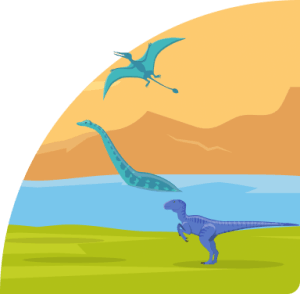
The numbering system
In addition to counting numbers 1-10, kids will progress into a more advanced system. They’ll learn how to count, add, and subtract the teen numbers by counting plants of the Ice Age. They’ll also work with numbers within 100.
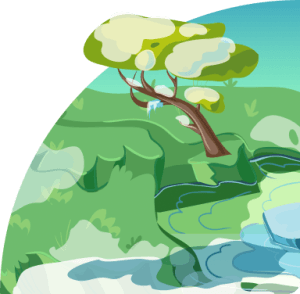
Comparing length units
Come away from the real world and step into an adventure where kids wander around Machu Picchu while learning math. In Grade 1, kids will learn how to manipulate and compare length units while exploring Machu Picchu and saying “hi” to the Incas.
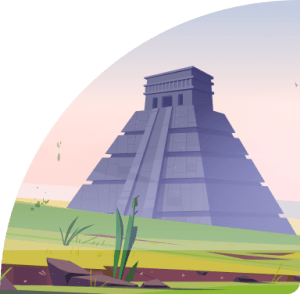
Place values
In Grade 1, kids will learn about the number system and place values. They’ll learn how to add, subtract, and compare numbers up to 40 while discovering the American continent.
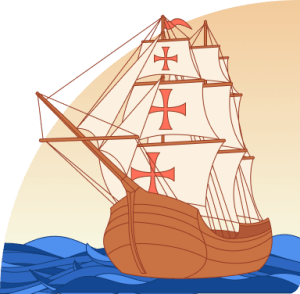
Shapes
Our Grade 1 math lessons cover an introduction to basic shapes. Here, kids will learn how to identify several shapes and equally learn how to make said shapes. As kids embark on this fun journey, they’ll see how the very first airplanes were built and get to organize an air race in a fun game.
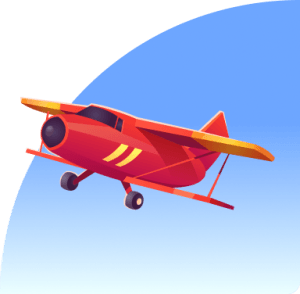
Learning currencies and space
In Grade 1, kids will learn how to compare numbers and count different coins. They'll also find out more about NASA and get to explore humans in space.
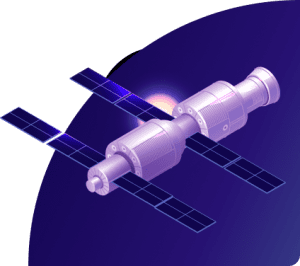
Simple addition and subtraction with prehistoric animals
In Grade 2, kids will learn how to add one-digit and two-digit numbers within 100. To make the learning experience fun and engaging, they’ll work with colorful illustrations of prehistoric animals like dinosaurs and dragons, exploring the connection between them.
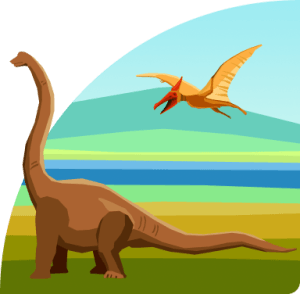
Understanding the number system from one to ten thousand
Kids will also learn about the place value chart and how it works. They’ll expand their understanding of units by working with ones, tens, hundreds, and thousands on a place value chart.
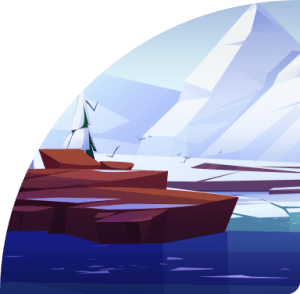
Vertical operations
Beyond horizontal math operations, kids will learn how to add and subtract vertically while comparing different strategies for performing these operations. Using the knowledge they’ve acquired, children can also take a waltz through history to learn about the primitive tools of the Dryopithecus.
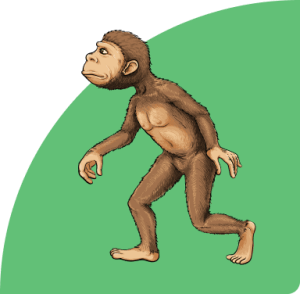
Number operations
2nd graders will learn how to apply addition and subtraction strategies to numbers up to 1000. As they do this, they'll also get to explore the Great Wall of China.
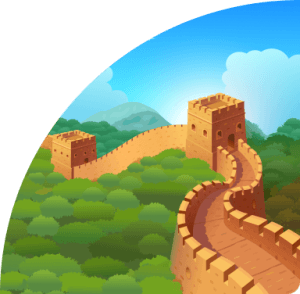
Principles of division and multiplication
In grade 2, kids will begin to learn about the principles of division and multiplication, working with various sets of numbers while they pay a virtual visit to the renowned artist Leonardo Da Vinci.
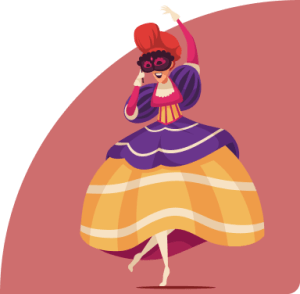
Length, data, and money
In Grade 2, kids will learn how to solve different math problems involving data, money, and the length of objects. They'll also be acquainted with the advent of cinema and radio, creating new masterpieces of their own.
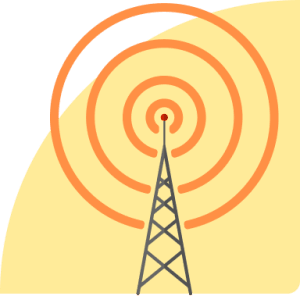
Geometric shapes
In Grade 2, kids will also study polygons and other geometric shapes and learn how to draw them. They’ll learn how to build cubes while studying the history of robotics and the ways robots help society.
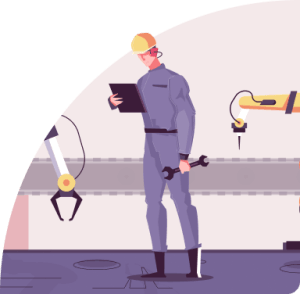
Dealing with multiples and factors in paleontology
In Grade 3, kids will build and improve their knowledge of multiplication and division. They’ll also use the array model – a significant math concept – to learn about the history of paleontology, unearth the old dinosaurs, and even categorize/classify them accordingly.
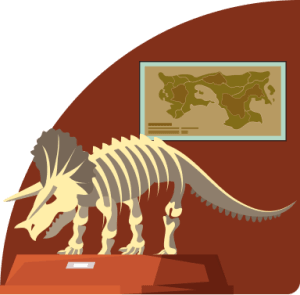
Standardized number systems
Kids will get comprehensive lessons on the number system. While learning about the metric system, they’ll learn about the ice era and the way global warming impacted it, thus building their knowledge of history and the environment.

Mathematical explorations of the Neanderthal aesthetic
Kids will learn how to find the value of the unknown using simple operations and solve word problems. At the same time, they’ll help their Neanderthal friends analyze patterns and learn all about their art and religious beliefs.

Solve problems involving multiplication and area concepts
Beyond basic math operations like addition and subtraction, kids will also learn how to multiply the areas of two-dimensional figures, and using this knowledge, to explore how the Ancient Mayans built their renowned pyramids.
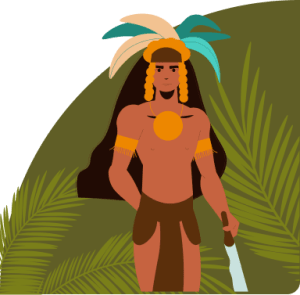
Fractions as numbers
In Grade 2, kids will learn the concept of converting fractions into numbers and how to place them on the number line. They’ll learn how to do this while exploring the planets and astronomical towers.
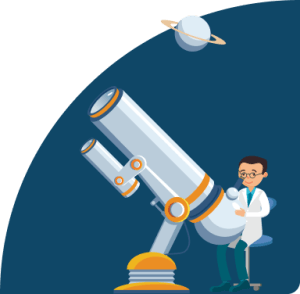
Data and Line Plots & Medicine History
Kids will learn how to collect and display data using line plots. At the same time, they'll explore the history of medicine and medicinal developments in the 20th century.

Geometry and measurement
Our 3rd grade math lessons include teaching kids how to find the area and perimeter of different surfaces. They'll be able to solve real-world problems involving these concepts and get to explore how humans will colonize Mars.
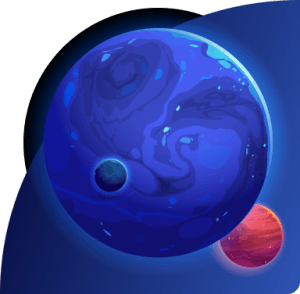
The number system and the evolution of dinosaurs
In grade 4, kids will learn the positions of digits in numbers, how to round numbers and explore addition and subtraction operations. While learning these math concepts, children will get to know more about the evolution of dinosaurs.
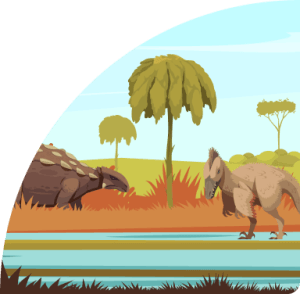
The Ice Age era and the metric system
In Grade 4, kids will work with the place value system and also get to explore measurements. They’ll focus on mass, length, and capacity, in particular within the metric system. They’ll also research the Ice Age further, learning more about this era and the animals.
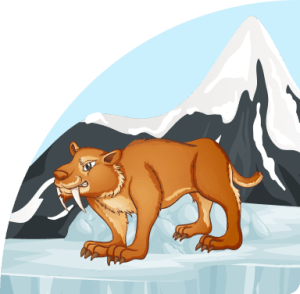
Multi-digit arithmetic
Using the place value system which they’ve already learned, kids will solve multiplication and division problems with ones, tens, hundreds, and thousands. As children learn, they’ll also get to virtually explore the cave of a Homosapiens, learning more about the evolution.
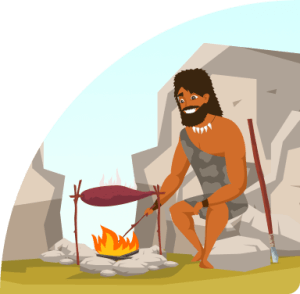
Measuring angles and surfaces
With Brighterly’s math courses, 4th graders will learn how to define and measure different angles in planar figures. Using this knowledge and skills, they’ll be able to understand how sewer systems and aqueducts in Ancient Rome worked.
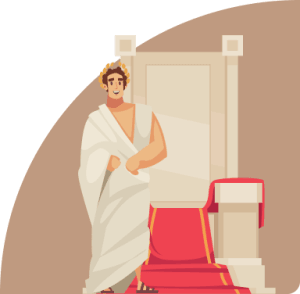
Operating fractions
Kids will learn how to perform different operations such as equalling and ordering fractions. As they engage with this concept, they'll also embark on a fun journey through American history and the revolutionary war.
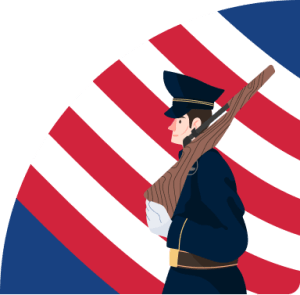
Decimal fractions
In Grade 4, kids will also learn about the concept of decimal fractions while exploring the evolution of mainstream computers and modern technologies.
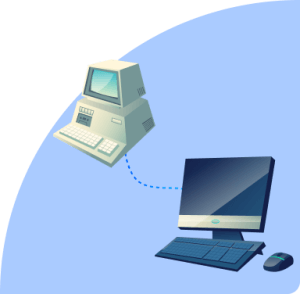
Applying Multiplication and Measurements Conversion to Organize a Space Tour
Kids in this grade will learn how to convert various units of length, weight, time, and capacity into smaller units. While mastering these skills, they’ll also learn about space tourism and the world’s first ever space tourist.
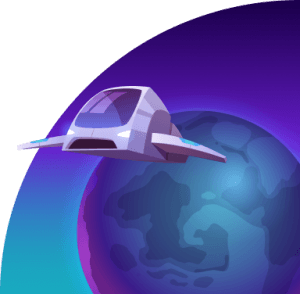
Decimal operations and the place value system
In Grade 5, kids will explore the relationships between adjacent units on the place value chart and apply this knowledge to different decimal operations. As they learn these concepts, they’ll also get to explore the Ice Age further.
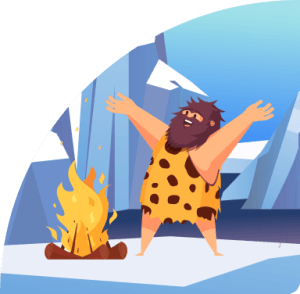
The base ten system with basic math operations
Kids in this grade will learn about the base ten system and its patterns. Having learned this concept, they’ll apply the knowledge to multiplication and division. Kids will use the full set of different fractional units to explore the Stone Age.
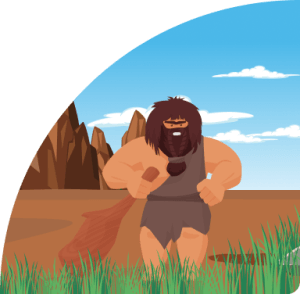
Calculations with fractions: Sumerian addition and subtraction
In Grade 5, kids will learn more about fractions and their various classifications. They’ll also learn how to add and subtract these fractions to arrive at an accurate answer while exploring the Sumerian civilization.
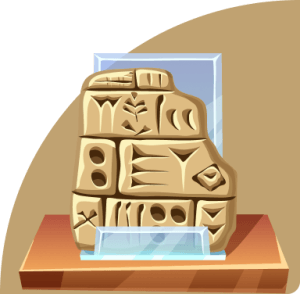
Multiplying and dividing fractions
5th graders will learn how to multiply and divide fractions, including decimals. As they engage with this concept, they'll also explore the Industrial Revolution, discovering how various inventions were made.
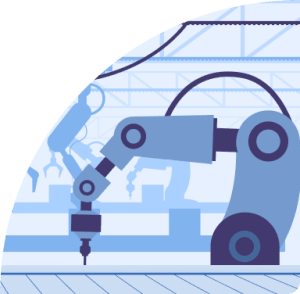
Operations involving volume and area
5th graders will move beyond basic math operations to add and multiply the volume and area of different shapes. They'll also explore the role and impact of modern green energy, which boosts youngsters’ environmental awareness.

Coordinate planes and axis
In our 5th grade math lessons, kids will learn the concept of coordinate planes and axes. They’ll get to explore space while learning how to draw figures in the coordinate plane.

Ratios and unit rates
In Grade 6, kids will begin to learn about ratios and how they work in both math operations and everyday life. They’ll use ratio principles to solve a wide range of problems. In addition to learning these concepts, they’ll get to explore the prehistoric period, understanding how mankind has evolved over the centuries.
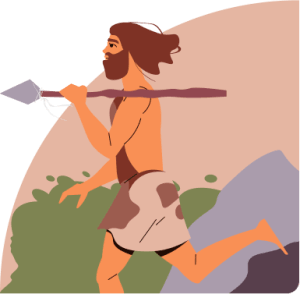
Advanced fraction and decimal operations
In Grade 6, your kid will take their knowledge of fractions a notch higher: how to divide whole and fraction numbers, and perform different operations with multi-digit numbers.
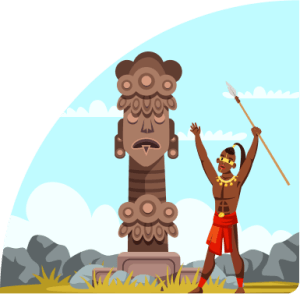
Operating rational numbers in the Medieval times
In Grade 6, kids will also begin to understand and operate both positive and negative numbers on the number line. This knowledge will not only boost their math skills but will equally help them understand how people used and operated rational numbers.
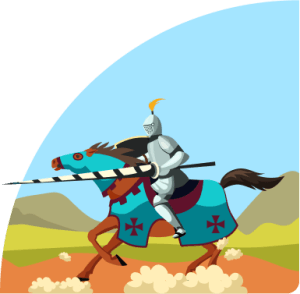
Algebraic equations and problems
Our math lessons for 6th graders will teach them how to solve a wide range of algebraic equations and problems. As they learn this concept, they’ll go on a virtual trip down history, exploring how Columbus discovered America.
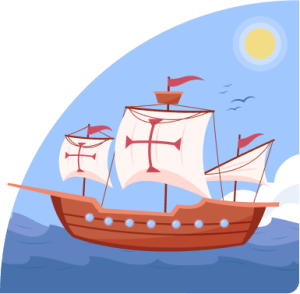
Surface area and volume in line with the Industrial Revolution
In 6th grade, kids will learn how to calculate the area, volume, and surface area of different figures. Using this knowledge, they'll also learn how the steam engine, railways, and canals were discovered.
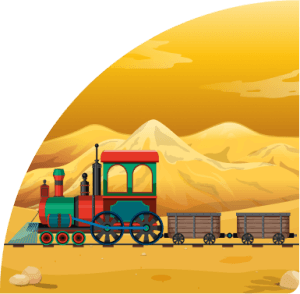
Statistics and modern science
Kids in this grade will start representing data distributions using histograms and even dot plots. Beyond this, they'll learn about modern science advancements and how they've changed the world.

Ratios and proportions
In Grade 7, your child’s math knowledge will become more advanced. They’ll learn how to work with ratios and translate them to fractions. They will be able to define different proportions and explore tectonic plate movements and their consequences.
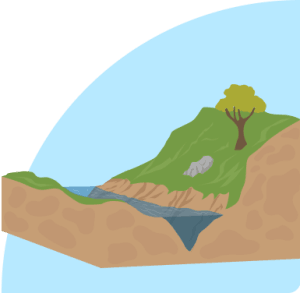
Advanced operations with rational numbers
7th graders will learn more about rational numbers and how they work. They’ll understand integers and be able to identify integers, operating with them in various expressions. As kids explore these concepts, they’ll equally learn about the homo sapiens evolution.
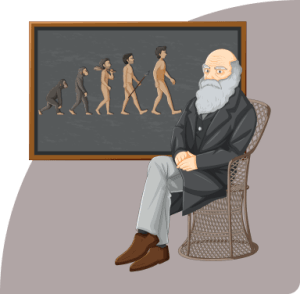
Linear equations and geometry
Kids in the 7th grade will learn more about equivalent expressions and how they work. They’ll use linear equations to study how scientific advancements shaped the ancient kingdoms.
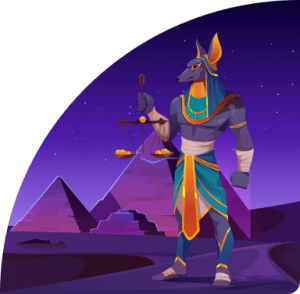
Working with percentages
In Grade 7, kids will learn how to solve problems involving percentages, thus boosting their knowledge of ratios and proportion. As they learn this concept, they'll also explore the scientific revolution and its effects on mankind.
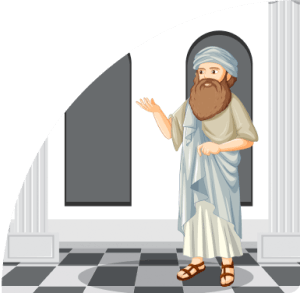
Statistics and probabilities
In Grade 7, kids will also study statistics and get introduced to the concept of probabilities. They’ll learn from the greatest scientists and consequently, build their inferential reasoning skills, which may turn them to math geniuses.
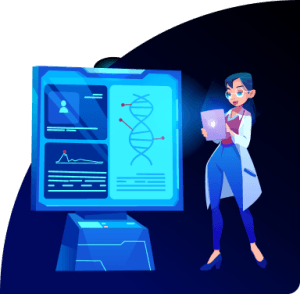
Geometry and 3D figures
In addition, 7th grade students will learn all about geometry and three-dimensional figures. As they navigate this lesson, they'll discover all the conditions for colonizing Mars.
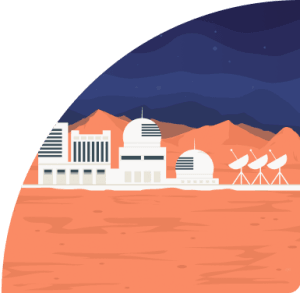
Scientific notations and operations exponents
In Grade 8, kids will learn all about operations exponents and convert standard numbers to their corresponding scientific notation. Learning these concepts, they’ll also get to explore planet ecosystems, boosting their environmental and spatial awareness.

Congruence and geometrical concepts
In Grade 8, kids will learn about reflections, translations, and rotations within a plane. They’ll use these factors to define congruence while virtually exploring Europe and its different cultures.
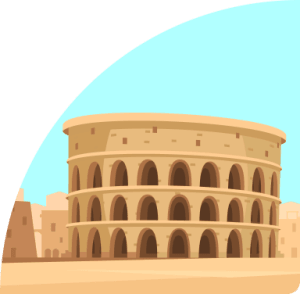
Dilation and Similarity
In 8th grade, kids will learn about dilation and similarity. They'll also be able to apply this knowledge to prove the Pythagorean theorem. They'll also explore the rich history of Asia and its colorful culture.

Unit rates and proportions
8th graders will learn more about unit rates, proportions, and their equations. They will be able to solve equations in up to two variables as they explore North and South America.
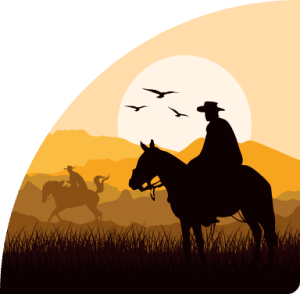
Geometry and the function concept
In Grade 8, kids will learn the concept of function in geometry. They will solve different problems involving the volume of objects while exploring Africa's history and culture.
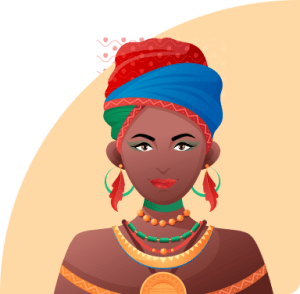
Linear functions and alternative energy
Our Grade 8 math lessons also involve bivariate data. Here, kids will learn how to operate this type of data and deepen their knowledge of functions. They'll also get to explore fun facts about alternative energy.
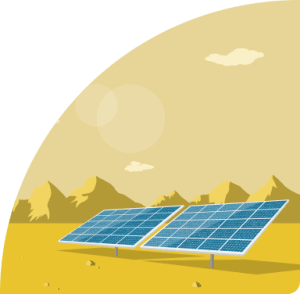
The Pythagorean Theorem and the space orbit
8th graders will learn more about the Pythagorean theorem and right triangles, using this knowledge to understand square roots and irrational numbers. They'll also memorize fun space orbit facts.
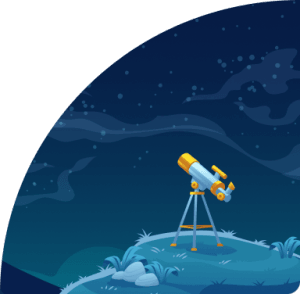
How Does Brighterly Work?
Getting started with Brighterly is pretty seamless and time-efficient. Here’s how it works:
Book a Demo
Here’s a fun fact: at Brighterly, we offer a free demo session to all our prospective students. If you want to get a taste of the full Brighterly experience before making a financial commitment, you can book a free demo lesson. Simply choose a date and time that works for you and we’ll be in contact.
Provide Necessary Details
Once you’ve booked a demo session, our parent advisors will contact you via Whatsapp or a phone call to ask a few questions. We’ll request further details about your child and their learning needs or goals. Thus, we will be able to provide the perfect learning experience that is tailored to your child’s specific needs.
Your Kid Enjoy First Lesson
So, you’ve provided the necessary details. What’s next? Once we’ve got all the information we need, your child can enjoy their demo lesson free of charge! You can also sit in on the lesson to ensure that it’s aligned with your child’s academic needs.
Keep on learning with us
If you love the demo lesson – like all our clients do – you can keep learning with us at an affordable rate. We have several lesson plans to choose from. Simply select the one that’s best aligned with your budget and learning needs. Regardless of the plan you select, your days of searching “math tutor near me” are over.
Benefits of Hiring a Math Tutor for Your Child in Colorado Springs
One-on-One Attention
Math tutors provide one-on-one attention that many classrooms cannot offer. Having this individualized attention will allow your child to focus on the areas they need extra time and understanding on, while not feeling overwhelmed with being behind in class or trying to keep up with other students. With this attention comes more opportunities for practice, which is essential for mastering concepts in math.
Confidence Building
When working with a math tutor, children learn valuable skills such as problem solving and creative thinking that will serve them far beyond just math class. As each concept is mastered, it builds confidence in the student and allows them to believe in themselves more when it comes to completing assignments and taking tests. It also helps kids gain an appreciation for math which may have been lacking before.
Motivation & Support
Tutors are motivating because they are dedicated to helping each student reach their highest potential. They offer positive reinforcement and support as your child works through different mathematical concepts until each one is fully understood. This can be very empowering for students who may have felt stuck or unmotivated when it comes to studying mathematics on their own or within a classroom setting.









How to Find the Best Math Tutors in Colorado Springs for Kids?
Research Local Tutoring Companies
The first step in finding a quality math tutor is researching local tutoring companies. Fortunately, there are many options available in Colorado Springs, so you can take your time and explore different organizations to find one that best fits your needs and budget. Make sure to read reviews online and ask around your community for recommendations. This is a great way to make sure that you’re choosing someone who is experienced and has a track record of success working with children.
Ask Your Child's School
Your child’s school can be an invaluable resource when it comes to finding a qualified math tutor. Many schools offer after-school programs that provide students with access to extra help from teachers or tutors. They may also be able to recommend outside tutoring companies or private tutors who have worked with other students at their school before. Make sure to check with the school counselor or principal if you’re interested in pursuing this option.
Look Online
Finally, don’t forget about using the internet as a resource when looking for math tutors in Colorado Springs. You can easily search online for local businesses or individual tutors who specialize in teaching math to kids. Don’t forget to read reviews from past customers before selecting someone—this will help you make sure that they’re qualified and reliable! You can also use online forums such as Reddit or Quora to ask questions about specific services or companies and get feedback from real people who have used them before.
Finding the right math tutor for your child doesn’t have to be difficult if you know where to look! With these tips, you should be able to find an experienced tutor in Colorado Springs who will help your student reach their learning goals. Take some time and do research into different options so that you can make an informed decision about which tutor is best suited for your child’s particular needs.

100% free trial - no credit card needed
